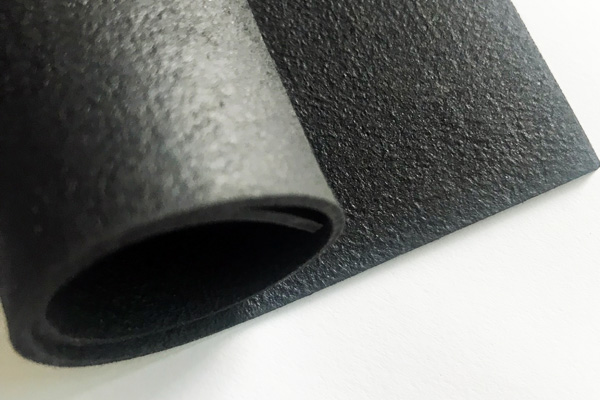Aerogel insulation blankets are innovative materials used for thermal insulation in various applications. Aerogels are incredibly lightweight and porous materials that consist of a network of interconnected nanoparticles. They are often considered one of the lightest solid materials available.
Aerogel insulation blankets are typically composed of aerogel particles dispersed within a flexible matrix, such as fiberglass or silica. This structure allows them to be flexible and easy to handle while retaining the exceptional insulating properties of aerogels.

Composition:
Aerogel insulation blankets typically consist of the following components:
-
Aerogel Particles: Aerogels are made up of a gel-like substance that undergoes a process called supercritical drying to remove the liquid component, leaving behind a solid with a highly porous structure. These aerogel particles are often composed of silica or other materials and have a very low density.
-
Flexible Matrix: The aerogel particles are dispersed within a flexible matrix material, such as fiberglass, polyester, or other polymers. This matrix provides structural support to the aerogel particles, allowing the blanket to maintain its shape and flexibility.
Properties:
Aerogel insulation blankets exhibit several key properties that make them highly desirable for thermal insulation:
-
Low Thermal Conductivity: Aerogels have extremely low thermal conductivity, typically in the range of 0.015 - 0.025 W/m·K. This property enables them to effectively reduce heat transfer by conduction, making them excellent insulators.
-
Lightweight: Aerogels are renowned for their lightweight nature. Despite their low density, they possess remarkable strength and structural integrity, making aerogel insulation blankets both lightweight and durable.
-
Flexibility: The flexible matrix material allows aerogel insulation blankets to conform to various shapes and surfaces, including irregular or curved structures. This flexibility makes them suitable for use in applications where rigid insulation materials may not be practical.
-
Hydrophobicity: Aerogels are inherently hydrophobic, meaning they repel water. This property prevents moisture absorption, which could otherwise compromise the insulation performance or lead to material degradation over time.
-
Chemical Resistance: Aerogels are chemically inert and resistant to most chemicals, acids, and bases. This resistance enhances their durability and suitability for use in harsh environments.
-
Wide Temperature Range: Aerogel insulation blankets can withstand a broad temperature range, from cryogenic temperatures (-200°C) to high temperatures (up to 650°C or more), depending on the specific formulation and application requirements.
Applications:
Aerogel insulation blankets find numerous applications across various industries: